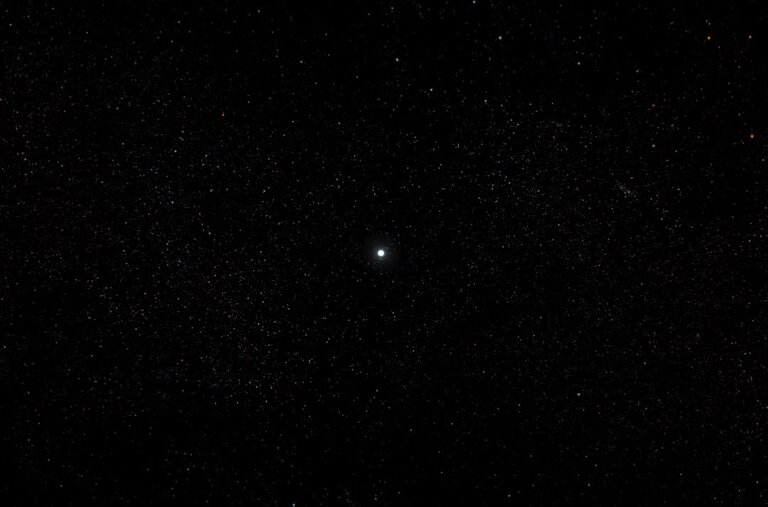The renowned astronomer Carl Sagan famously stated that we are all made of star stuff. For decades, scientists have theorized that many of the universe’s heavier elements—such as carbon and oxygen, which are fundamental to life—are created within stars and released during their explosive deaths as supernovae.
Until now, astronomers had not obtained clear evidence that these elements were forged deep inside stars. Researchers have recently identified a star about two billion light-years from Earth that shed its onion-like layers down to its heaviest material before detonating, offering fresh insight into our cosmic origins.
“We have catalogued more than 10,000 supernovae, yet this one stands out as remarkably different from all previously observed,” explained an astrophysicist involved in the discovery. “It was completely unexpected to witness a star stripped to such an extreme extent.”
The team detected the supernova, designated SN 2021yfj, using data from the Zwicky Transient Facility at the Palomar Observatory in California. Follow-up observations with the Keck Observatory in Hawaii allowed researchers to distinguish the explosion’s light and the elements released.
Calculations estimate that the progenitor star was roughly 60 times the mass of our Sun, categorizing it as very large. Typically, when massive stars explode, their inner elements mix chaotically and scatter into space. However, this star’s layers gradually peeled away over thousands of years prior to its explosion.
This gradual shedding is significant because it provides direct evidence of the star’s layered structure, something long theorized but never observed with such clarity. Scientists have believed that massive stars possess onion-like shells: lighter elements like hydrogen and helium occupy the outer layers, while heavier elements such as carbon, oxygen, magnesium, silicon, sulfur, argon, and finally iron reside deeper within.
The researchers observed the iron core of the star explode, illuminating a previously expelled outer shell abundant in silicon, sulfur, and argon.
An astrophysicist not involved in the study noted that this finding confirms the layered onion-like structure expected in massive stars.
The cause behind the star’s steady loss of layers remains uncertain. The research team suggests that violent internal pulses may have sequentially stripped material from the star over time.
Curiously, helium was detected in the star’s final remaining layer, which puzzles scientists. This element should have been one of the earliest layers to be expelled, as it is lighter. “The presence of helium here is unexpected,” one researcher remarked. “It should have vanished thousands of years earlier.”
One hypothesis is that a companion star might have torn away layers and introduced helium into the star’s deeper shells. Alternatively, powerful jets from the original star could have dragged material inward, although no such jets were observed.
Supernovae are generally classified into two main types: Type I, which lack hydrogen, and Type II, which contain hydrogen. The newly studied SN 2021yfj appears to represent a distinct new category, tentatively named Type 1en.
“This supernova exhibits highly unusual characteristics,” the lead scientist noted. “No known object closely resembles it.”
The researchers estimate that roughly one in every thousand supernovae might undergo such extreme layer loss. However, these events are difficult to identify because they often look similar to other supernovae unless their light is examined in detail, as was done with SN 2021yfj. “The discovery involved a significant amount of good fortune,” the team acknowledged.
Looking ahead, astronomers anticipate detecting more Type 1en supernovae with next-generation observatories, such as the Vera C. Rubin Observatory in Chile, which will commence a decade-long cosmic survey later this year.
“Rubin will capture thousands of supernovae every night,” said an astrophysicist familiar with the project, “potentially revealing many more undiscovered supernova types.”


0 Comments
No comments yet. Be the first to comment!